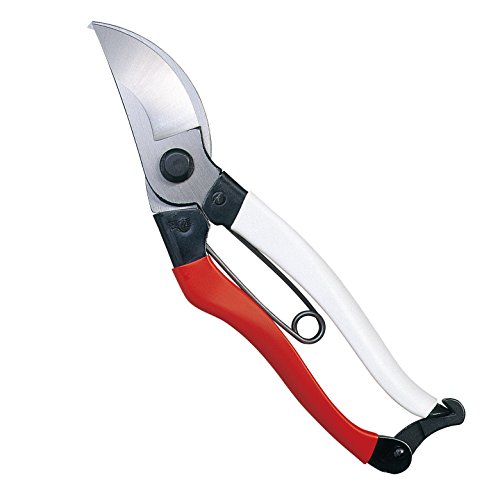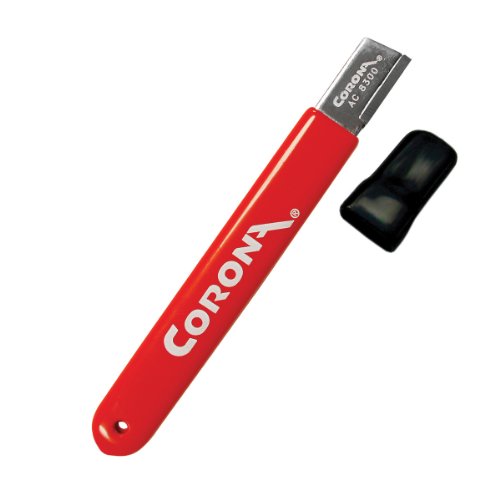8 plants to prune in December for flourishing trees and shrubs next year
Both edible and ornamental plants will benefit from trimming this month
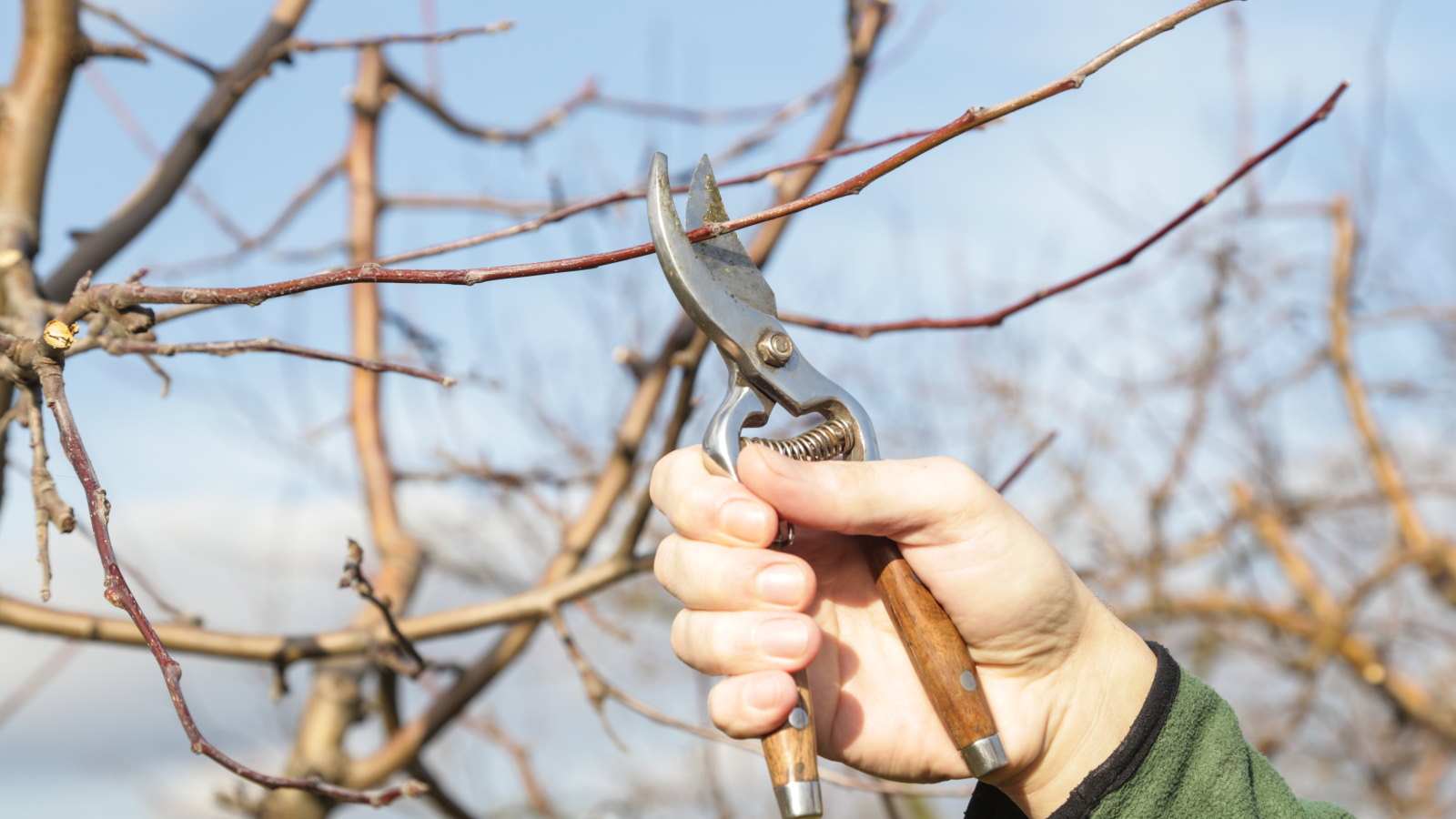

December is a period of dormancy for many plants in the garden and it is often also seen as a time of relaxation for the gardener. A hardy gardener understands, however, that there are still a lot of jobs to do in the garden during winter, including looking after trees and shrubs that may require pruning.
I worked as a professional gardener year-round and often had to endure cold fingers and toes while out pruning or trimming hedges in the depths of winter. While pruning in December might not sound appealing, in truth it can be very beneficial to some plants. You can be rewarded for your hard work with better displays or improved harvests next year.
Take care though, as not all trees and shrubs are suitable for pruning in December and you can risk their overall health by making the pruning mistake of cutting them at the wrong time. So always check before doing any winter pruning. To help you put together a winter gardening checklist, we look at eight plants that can benefit from being pruned this month.
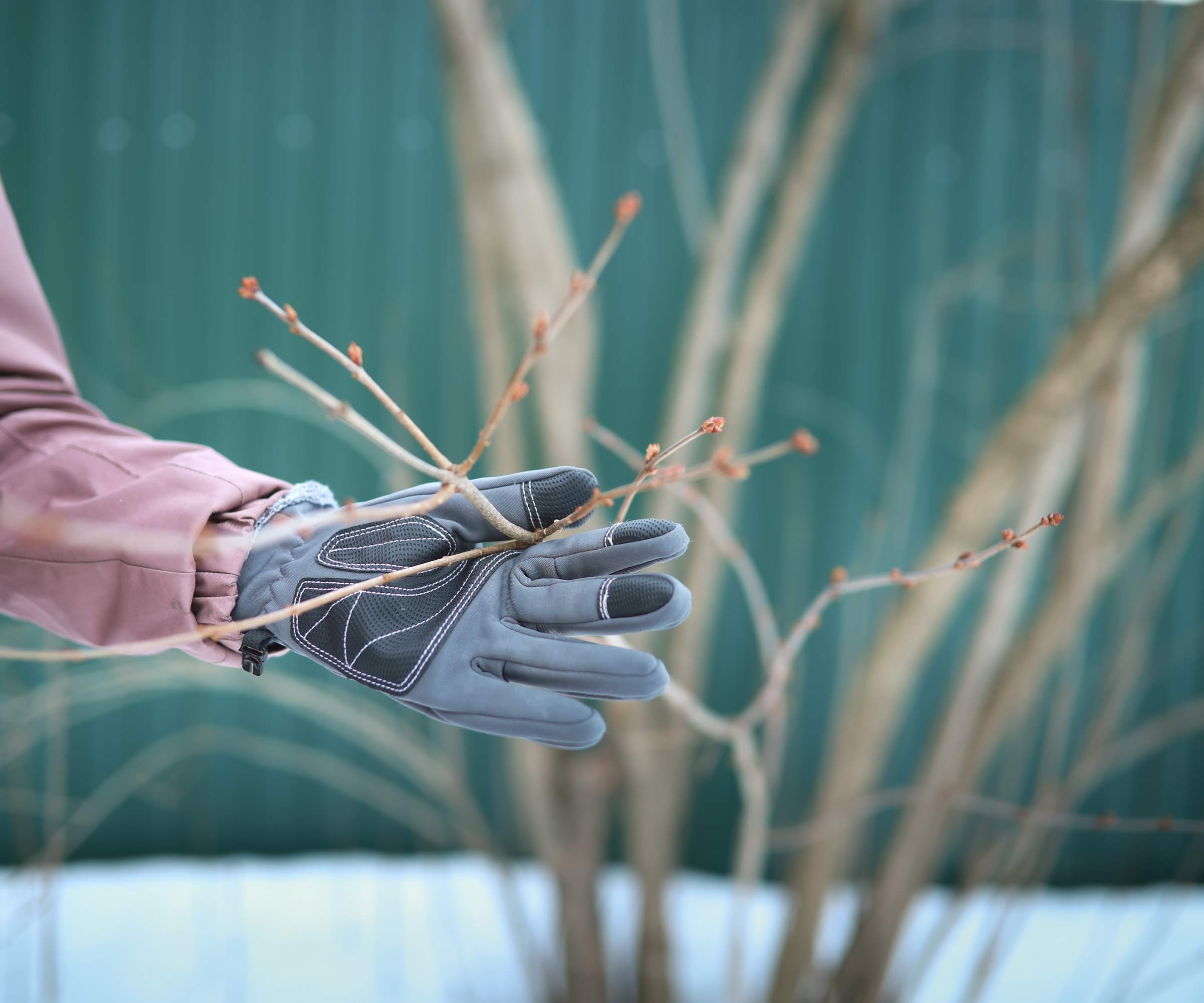
Gardening gloves are hugely beneficial for pruning in the cold December weather
Tools for December pruning
Always use clean and sharp garden tools to do any pruning this month. It will help make clean cuts that are easier to heal and prevent spreading disease around the garden.
When it comes to what tools you need, it is likely that a pair of good pruning shears and some garden loppers will be required for the bulk of the work. A pruning saw may potentially also be needed to cut through any larger branches, if you are pruning trees or large and overgrown shrubs.
1. Grapes
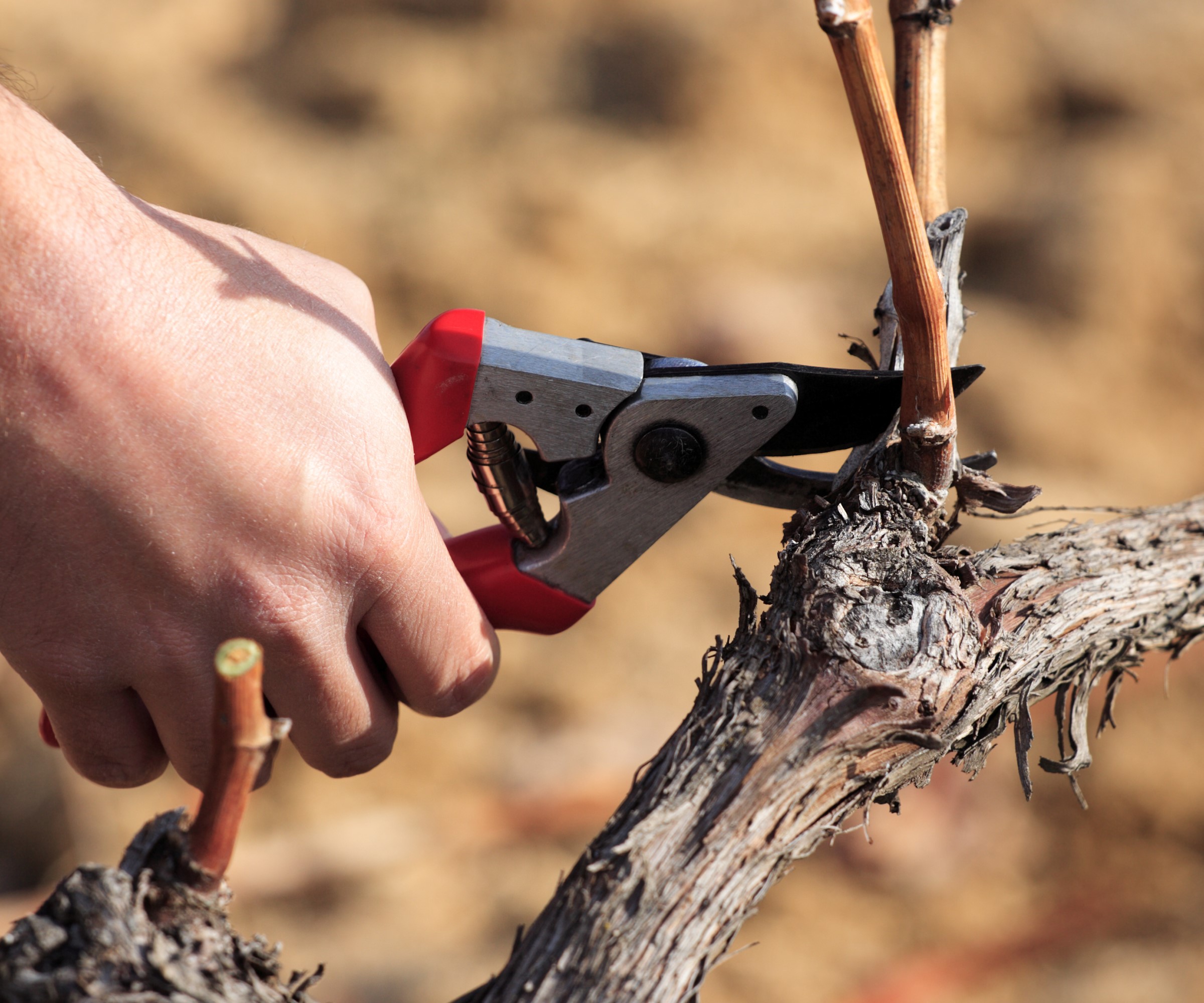
Grape vines growing indoors have a much smaller pruning window than those outside
Grape vines want to be pruned during their dormancy period and the right time will vary, depending on if you are growing them indoors or outdoors. If you are growing them indoors, such as in a greenhouse, the window for pruning grape vines is in early winter - it is usually a task completed before Christmas.
Indoor grapes start actively growing earlier than those outdoors and if you prune later than December then the sap will already be flowing, meaning the plant will bleed sap from the pruning cuts. Not only does this weaken the plant but also attracts pests that could be carrying disease.
2. Wisteria
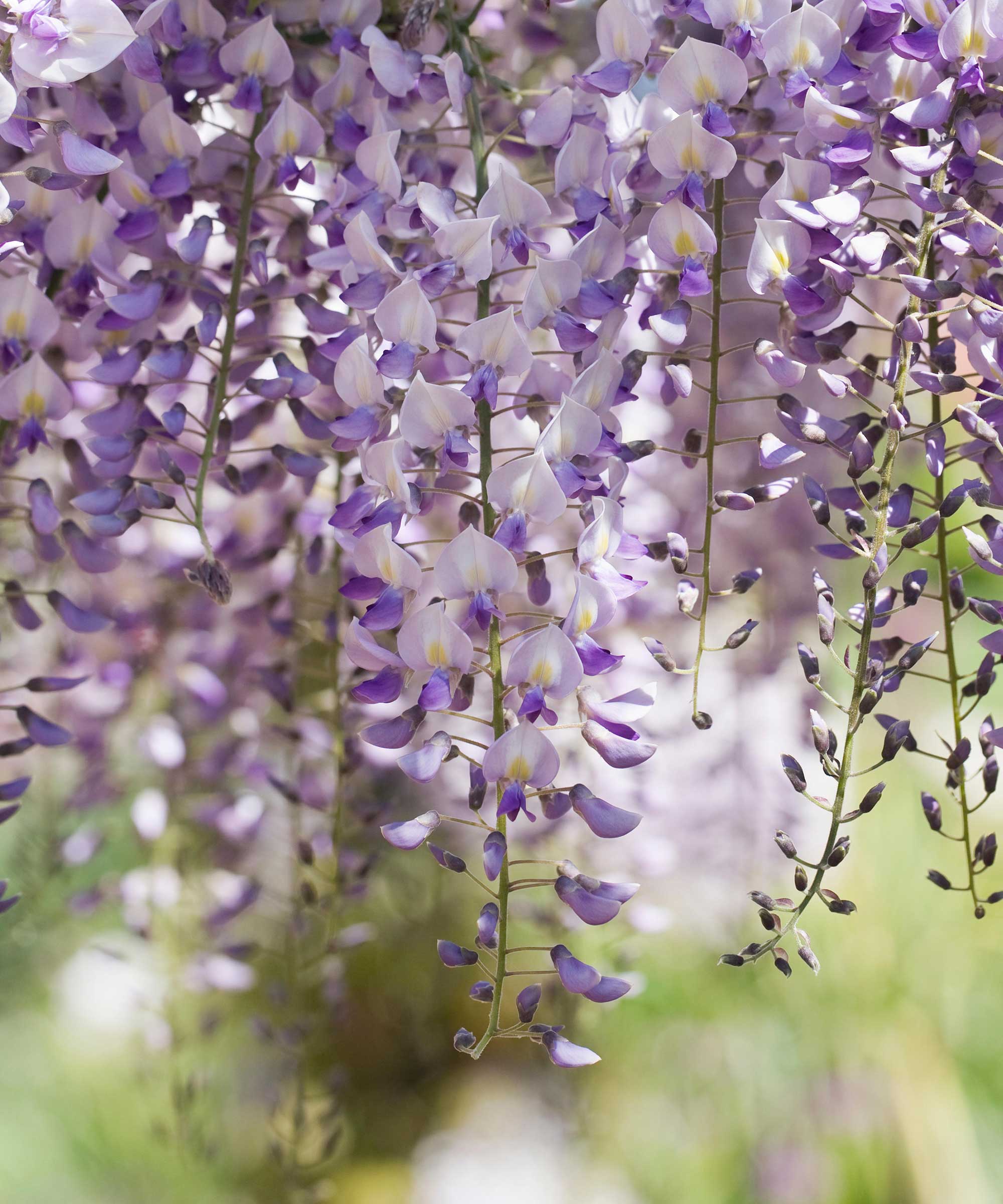
Wisteria need to be pruned twice each year - in winter and summer
Wisteria pruning takes place twice a year, routinely it is done in the summer after flowering and during the dormant period in the winter. This latter window tends to run from November to February and it is easier to see where to prune as the plant has dropped its leaves.
If you are growing wisteria, the bulk of the pruning is done in winter. The winter is the time to reshape the plant, cut back last summer’s growth to two or three buds, as well as remove dead, diseased, and damaged branches together with any suckers.
December pruning is suitable for people in warmer climates without bitterly cold winters. If you live in a colder climate, it is probably best to wait until January or February to prune wisteria.
3. Pear Tree
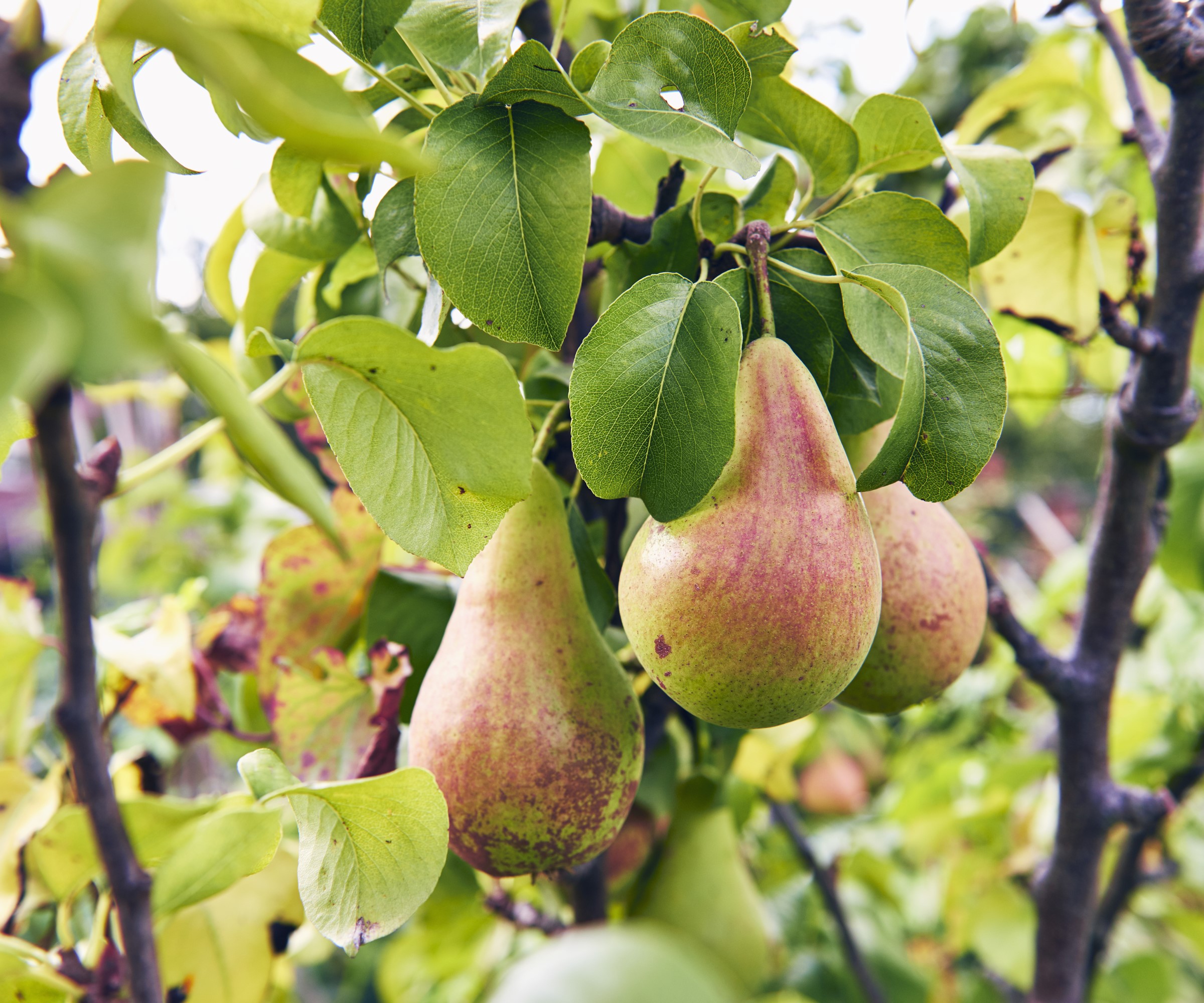
Pear trees are not as cold hardy as apples and their early blossoms can be susceptible to frost
Pear trees are also pruned when they are dormant and after the leaves have dropped from the trees. Along with pruning apple trees, pruning pears is a task that can be done anytime from November through to early spring.
The winter pruning of pear trees helps to control the size of the trees and remove any weak or congested branches, to create an open centre and strong framework. Pear trees are also renowned for prolifically growing spurs that need to be thinned annually in winter.
Both pear trees grown as free-standing trees and those in trained forms, such as espaliers trees, can be pruned this month. Don’t get carried away and remove more than one-third of the tree’s growth - adhere to the one-third pruning rule.
4. Ornamental brambles
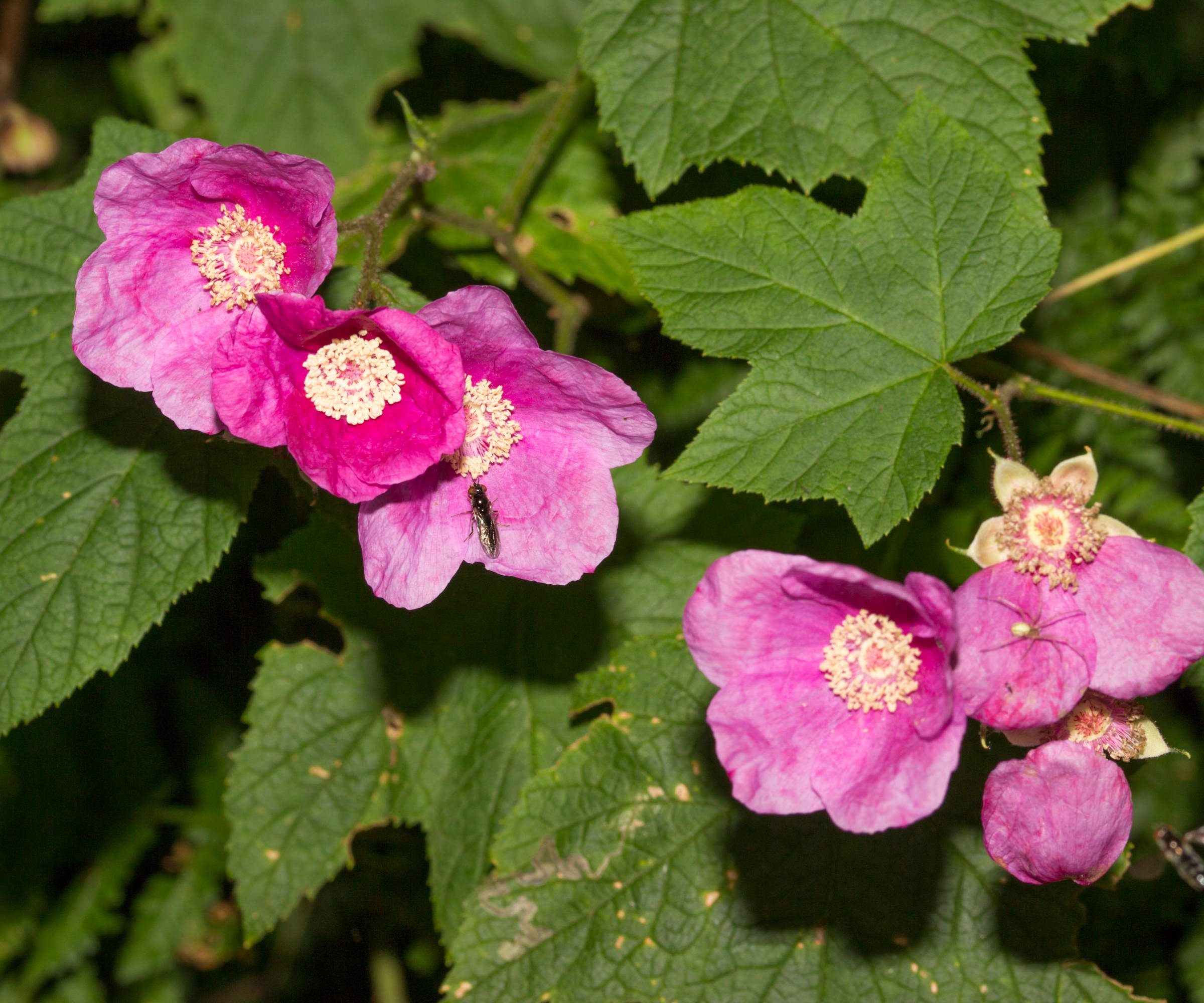
A flowering raspberry can grow up to 6 feet tall and 10 feet wide
Ornamental varieties in the Rubus genus are grown for their flowers and foliage, rather than for their berries like raspberries or blackberries. Examples include the likes of Rubus odoratus, known as the flowering raspberry, or Rubus ‘Beneden’, which is popular as it does not have the thorns of most Rubus.
Unless you are pruning ‘Beneden’ you should always wear thick gloves to protect yourself from the sharp thorns - such as these thorn proof gardening gloves available at Amazon.
Ornamental brambles should be pruned after flowering, however, winter is also an ideal time to rejuvenate the shrub if you have not got round to trimming yet. Cut back around a quarter-to-a-third of the oldest flowering stems right to the ground. This will encourage new younger and more productive growth to replace those stems and also let more light and air into the center of the plant.
5. Crocosmia
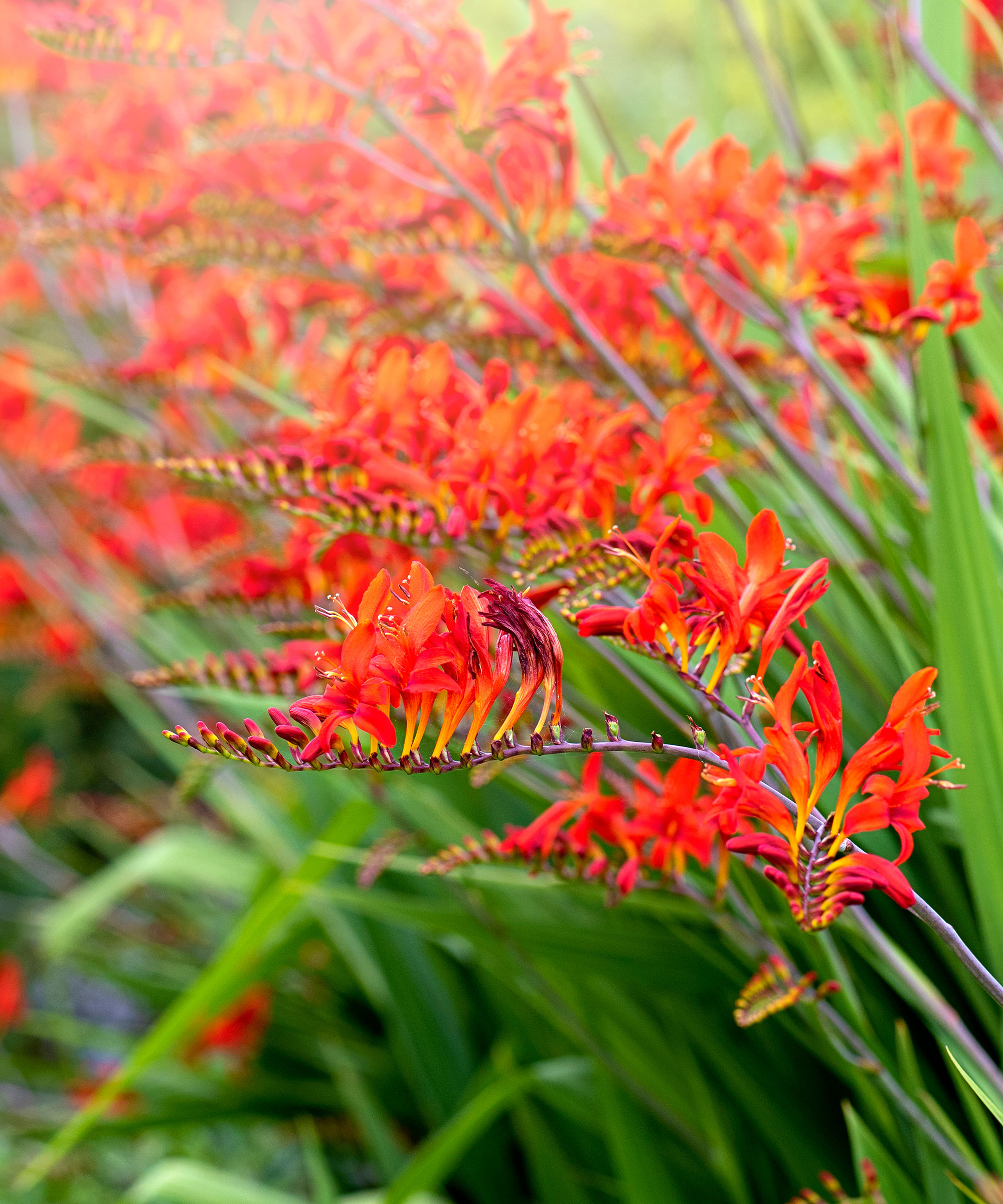
Crocosmia starts flowering in mid-to-late summer
Crocosmia can keep putting on a display of fiery blooms from summer right into fall and potentially up until the first frosts arrive. Once the blooms have faded you can then cut the old flowering stems right back to the ground in November or early December, along with the dead foliage.
While cutting back crocosmia is not essential in winter - leaving it can offer benefits to a wildlife garden - it can offer some positives.
For example, if you prefer a neater and more manicured space for winter then pruning the crocosmia can tidy up the plant. It can also prevent diseases from overwintering in the decaying plant material.
6. Abelia
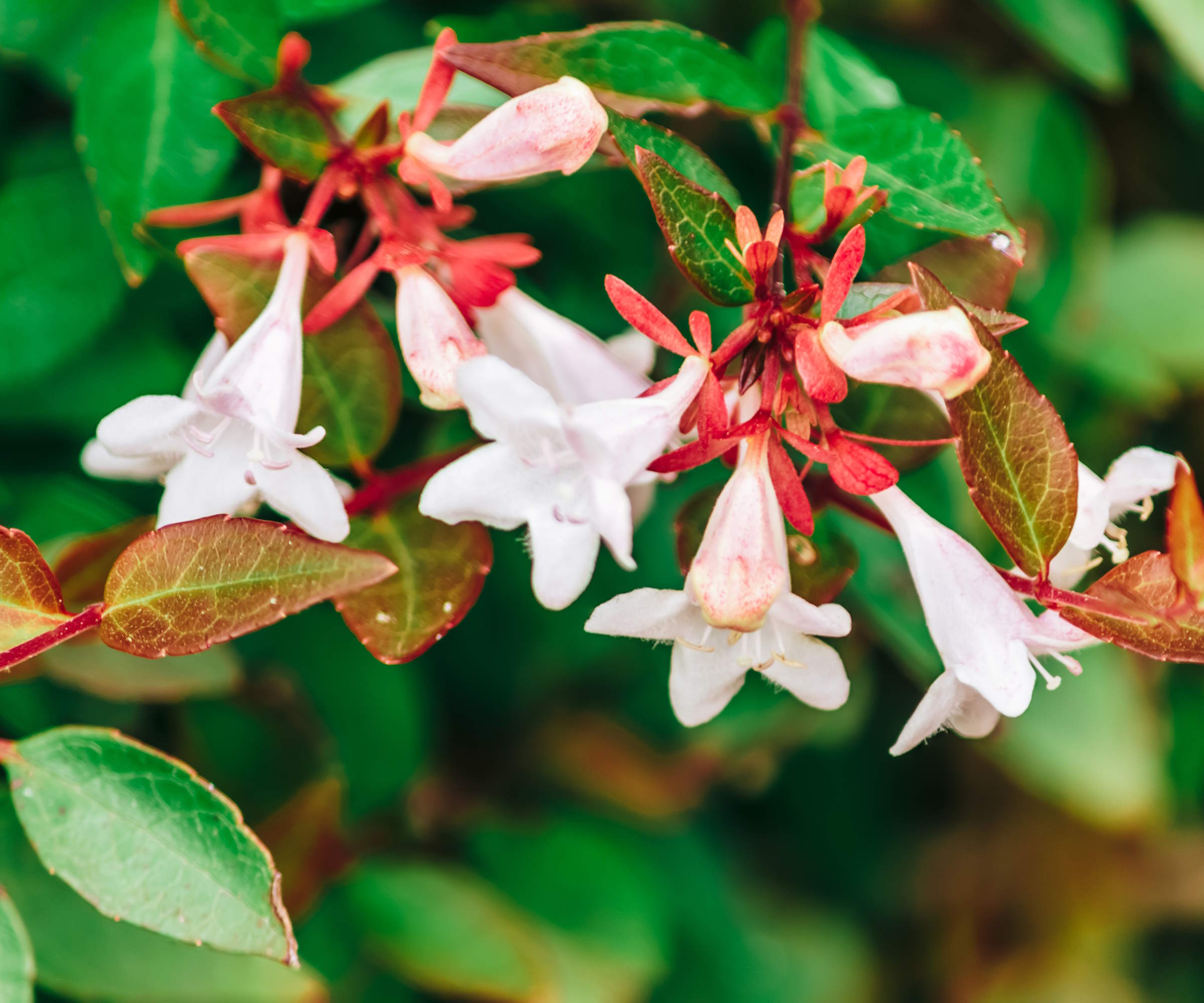
Abelia x grandiflora produces white flowers tinged with pink
Abelias are mostly evergreen shrubs that can provide great fall color for your garden. They are fairly low maintenance shrubs and don’t require lots of pruning each year, however the time to trim them comes in winter, to early spring at the latest.
The shrub blooms on new growth, so you want to prune abelia after they have flowered so as not to remove stems that are going to carry flowers next year - which you would risk doing so in spring.
Trim lightly to reshape the shrub in winter and, if it is in need of a bit more rejuvenation, you can remove up to a third of the main stems to the ground to encourage a flush of new growth.
7. Callicarpa
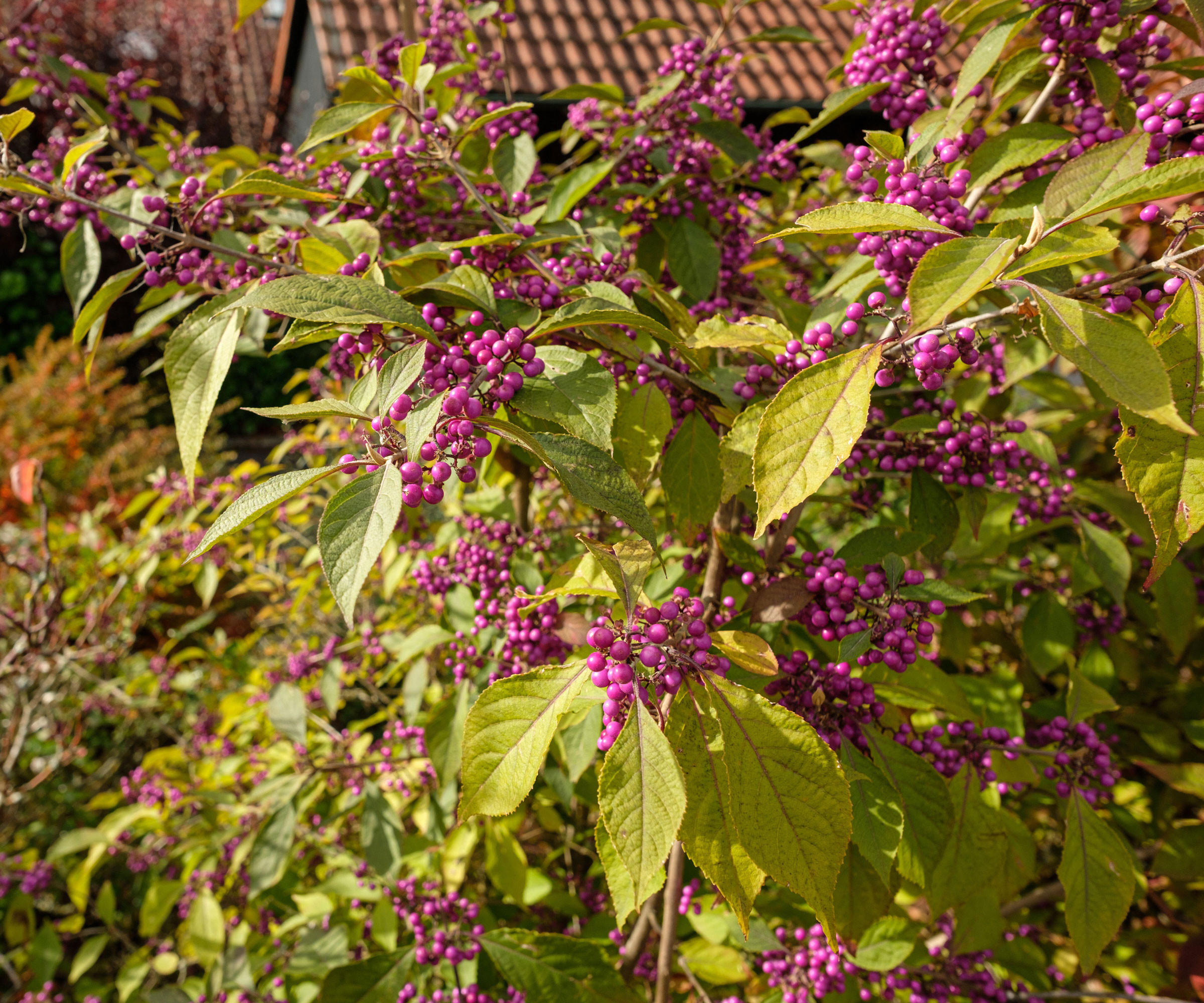
Callicarpa is loved for its stunning bright berries in fall
Callicarpa, also known as Beautyberry, is a striking shrub that produces winter berries in dazzling shades of bright purple, pink, or white. As well as being one of the most fantastic fall shrubs, it is also one of the best plants for birds.
Callicarpa is a shrub that doesn’t necessarily require annual pruning to keep producing fantastic displays of berries each year. It is also another that blooms on new growth, so benefits from being cut back during its dormant period from November to March.
The larger and older the plants become, the less flowers and fruit are produced. So pruning does help ensure a top display year after year. To prune Callicarpa in December, cut back any dead, diseased, and damaged branches, along with any that are overgrown or growing inwards. Also, remove a third of the oldest stems and shorten the remaining branches by about a half.
8. Hellebores
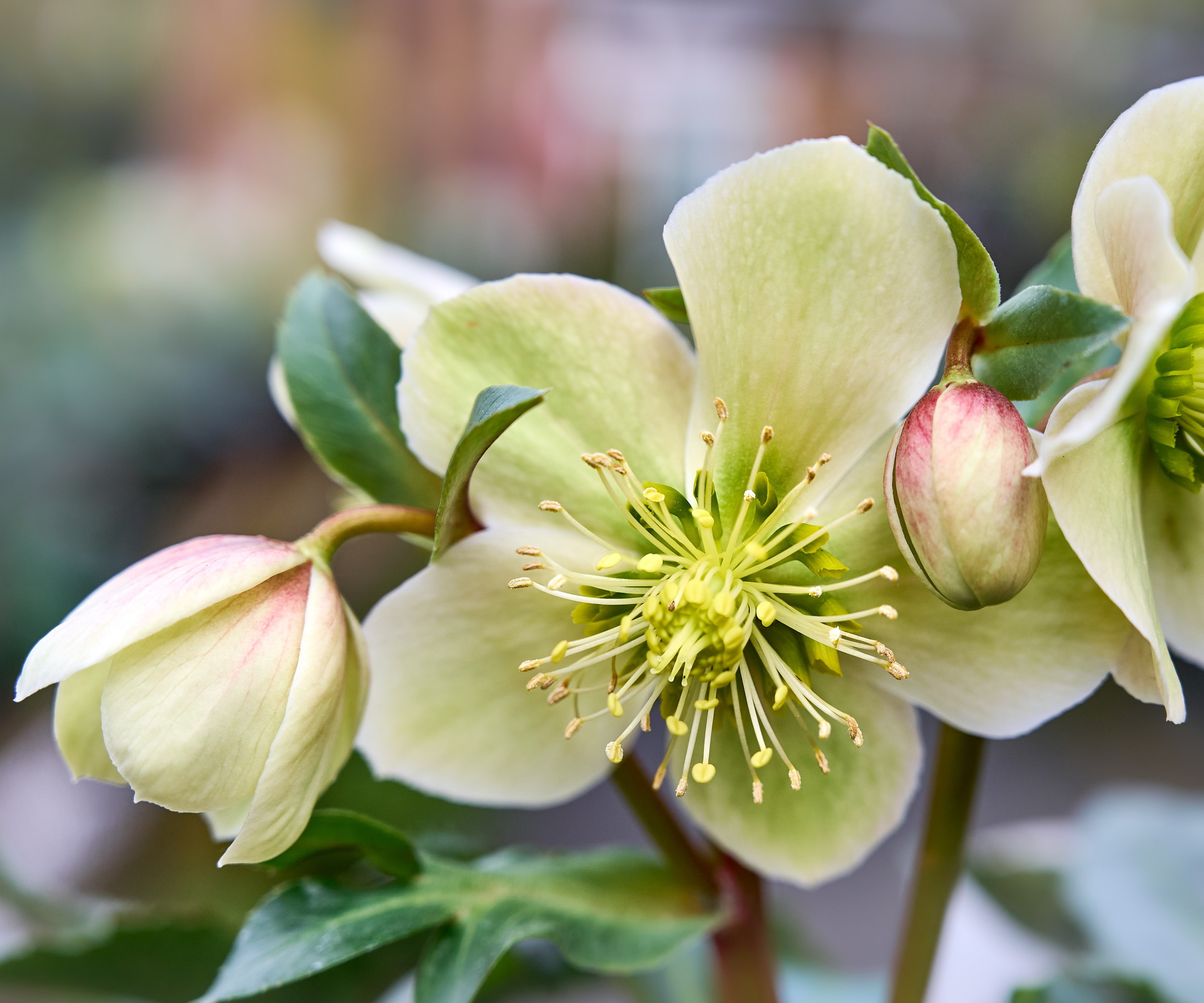
Hellebores flower very early in the year
Pruning hellebores is a job to do once last year’s foliage has turned brown and unattractive, and before these early bloomers start to flower in winter or early spring. When you grow hellebores, trimming the old foliage is recommended to help prevent leaf spot - as the disease can overwinter on leaves and infect the following year’s flowers.
Pruning can take place in November. However, if you haven’t yet trimmed your hellebores it is recommended to complete the task in December. Removing the old debris also ensures the new growth won’t get tangled around it as it comes through and, depending on the variety of hellebore, plants can start flowering from December onwards.
Shop pruning essentials
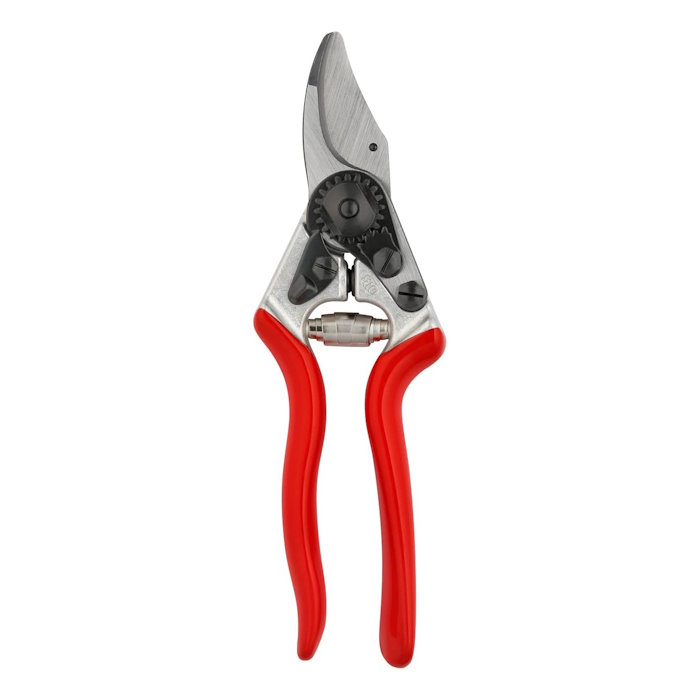
These Felco bypass pruners are ideal for all manner of pruning tasks this winter. They are perfect for any small pruning work such as grape vines, shrubs, and young trees
FAQs
Can I prune shrubs in December?
Deciduous shrubs can be pruned in December as it is their dormant period. Evergreen shrubs should not be trimmed during the winter, as it leaves them highly susceptible to cold and frost. The best time to trim evergreen shrubs is in spring.
As well as heading outside and doing some pruning this month, there are also flowers, vegetables, and shrubs that you can plant in December. Planting in winter can reward you with extra color and harvests next summer.
Sign up to the Homes & Gardens newsletter
Design expertise in your inbox – from inspiring decorating ideas and beautiful celebrity homes to practical gardening advice and shopping round-ups.

Drew’s passion for gardening started with growing vegetables and salad in raised beds in a small urban terrace garden. He has worked as a professional gardener in historic gardens and specialises in growing vegetables, fruit, herbs, and cut flowers as a kitchen gardener. That passion for growing extends to being an allotmenteer, garden blogger, and producing how-to gardening guides for websites. Drew was shortlisted for the New Talent of the Year award at the 2023 Garden Media Guild Awards.
-
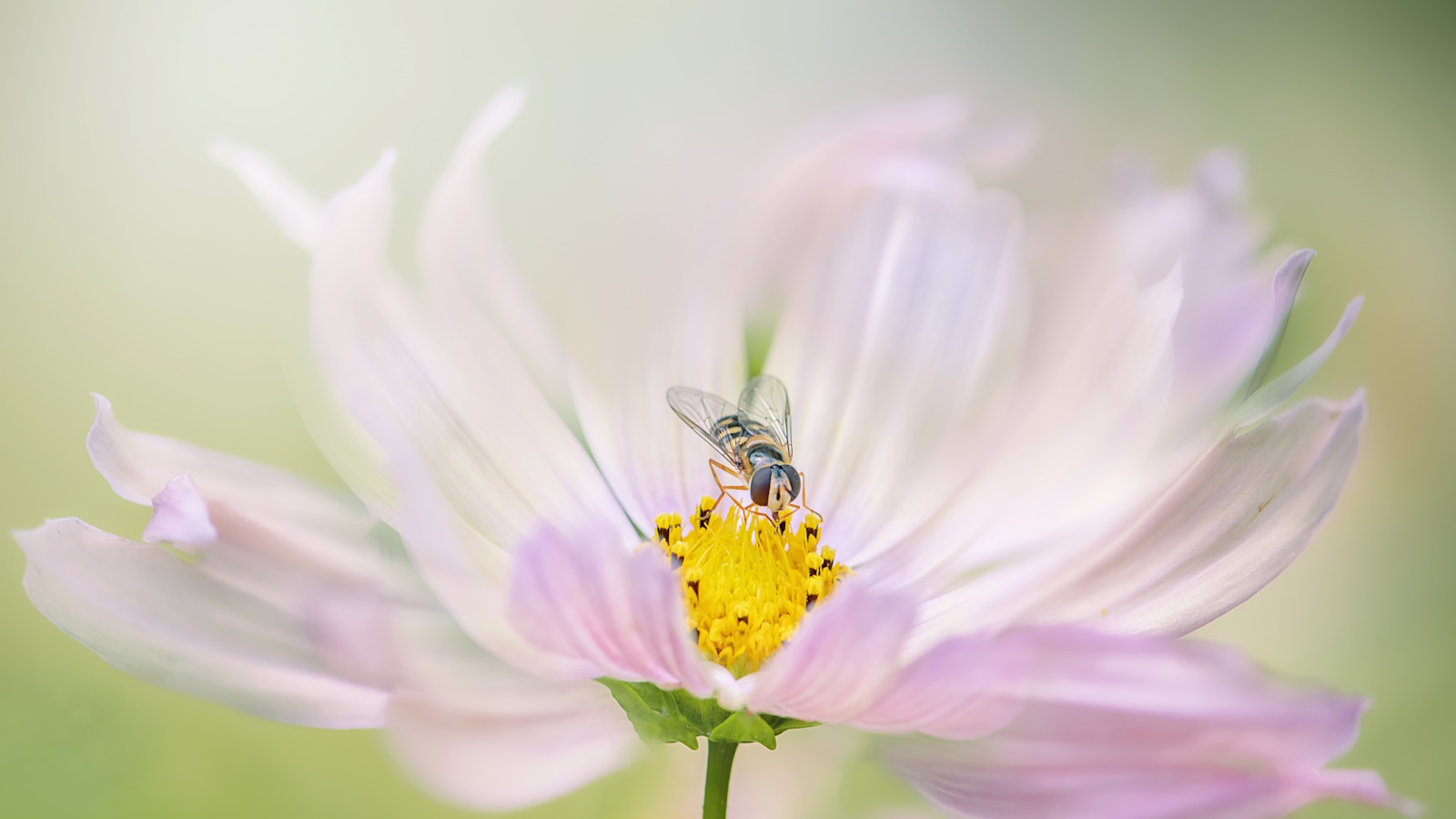 How to help hoverflies in your yard – discover the crucial role they play and 5 plants these underrated pollinators love
How to help hoverflies in your yard – discover the crucial role they play and 5 plants these underrated pollinators loveHoverflies are also an effective form of natural pest control
By Ciéra Cree
-
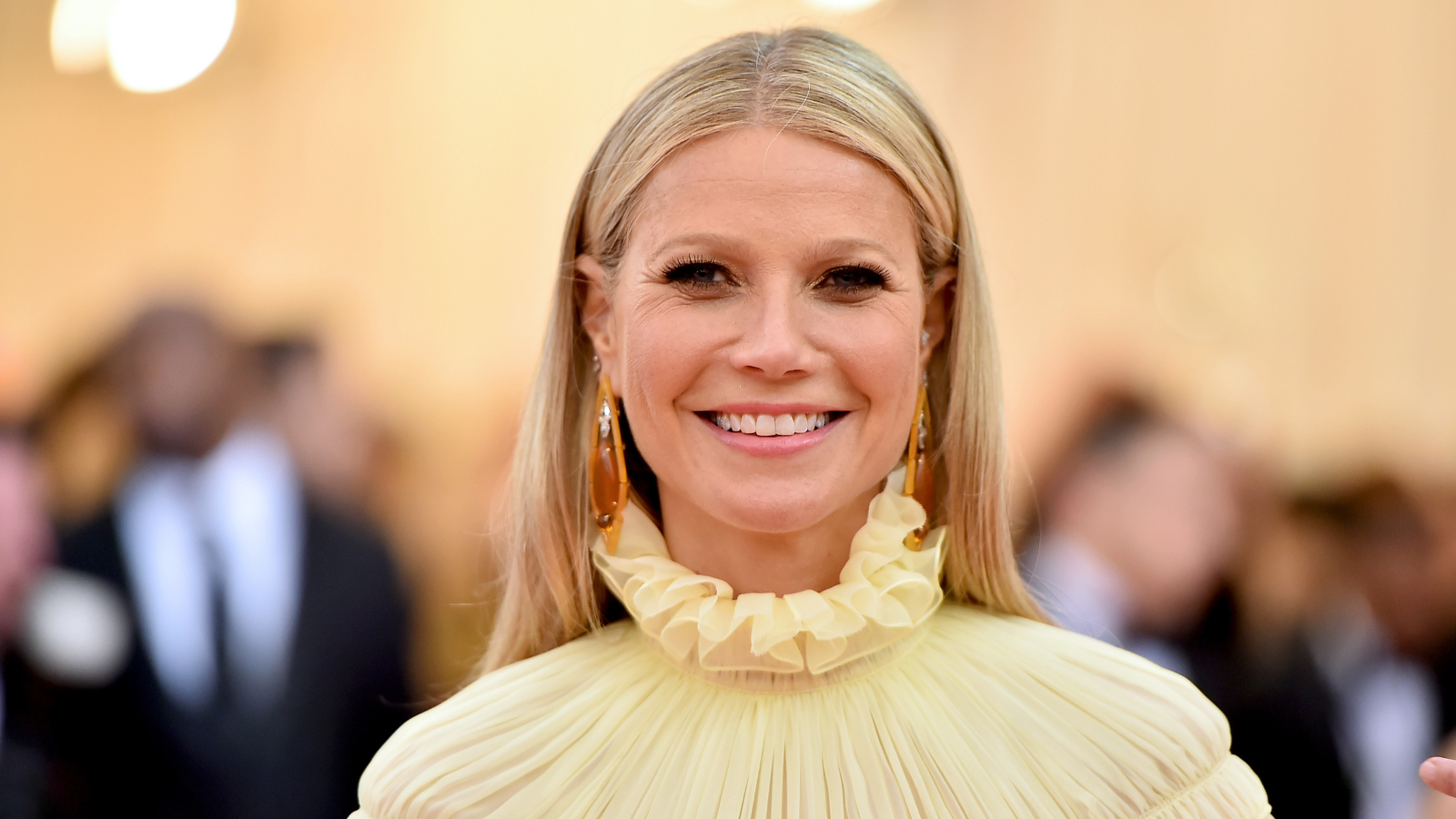 Gwyneth Paltrow uses LED lights to bring a gallery-like feeling to her kitchen cabinets – you can achieve the same, unique look for $24
Gwyneth Paltrow uses LED lights to bring a gallery-like feeling to her kitchen cabinets – you can achieve the same, unique look for $24Gwyneth's glass-front cabinets become more chic and accessible with their hidden lights, which create a subtle glow in the space
By Hannah Ziegler
